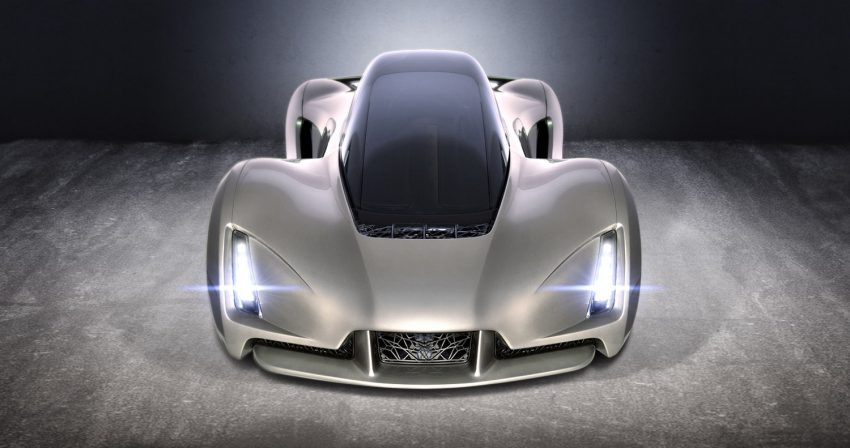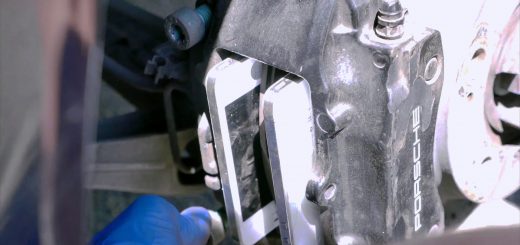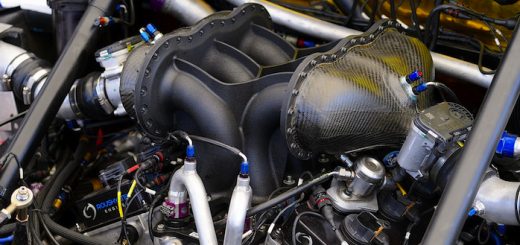Ready for one of those “holy cow, the future is already here and I haven’t even put pants on” moments? Because whether you’re fully-dressed or not, a startup named “Divergent Microfactories” has just built the world’s first supercar using 3D-printed parts: a super lightweight creature named “Blade.”
Before we launch into an explanation of what Divergent Microfactories is and their general mission, let’s get some stats out of the way: the “Blade” prototype supercar has a chassis made of aluminum and carbon fiber, resulting in a claimed 90 percent reduction in weight while still offering exceptional stiffness and durability. All-in-all, the chassis weighs just 102 pounds, and the finished car tips the scales at a mere 1,388 pounds.
But the Divergent Microfactories “Blade” prototype is just the proof of concept; the real story is the manufacturing process. The company has patented the design for a so-called “node,” which is 3D-printed from aluminum, and serves as a structural joint for connecting carbon fiber rods to one another. This allows the chassis to be fully-assembled by hand in less than an hour.
What’s the objective? There are essentially two: democratizing the means of vehicle manufacture so that in theory, any small team could design and build a car with limited resources; and facilitating a more environmentally-friendly means of manufacture.
Speaking to the first of those two goals, the proprietary “node-based” design of the Divergent Microfactories car increases the simplicity of chassis design while decreasing the scale of 3D-printing required, as a chassis can be designed and printed entirely from small, interlocking pieces. And, since not all of us have access to a large-scale manufacturing plant, this is easily the most effective solution to the question of how a small team of limited means can manufacture a unique car economically, and quickly.
As for the second goal, perhaps it’s easiest to simply share some numbers. According to an article on the Discovery website, the Journal of Industrial Technology has found that on average, the production of a conventional gas-powered automobile releases 14,000 pounds of carbon dioxide, while each EV produced makes 30,000 pounds of CO2. By introducing a process where the shipment of materials is limited – and the sourcing and shipment of parts virtually eliminated – in theory, those numbers can be cut down drastically.














No Comments yet